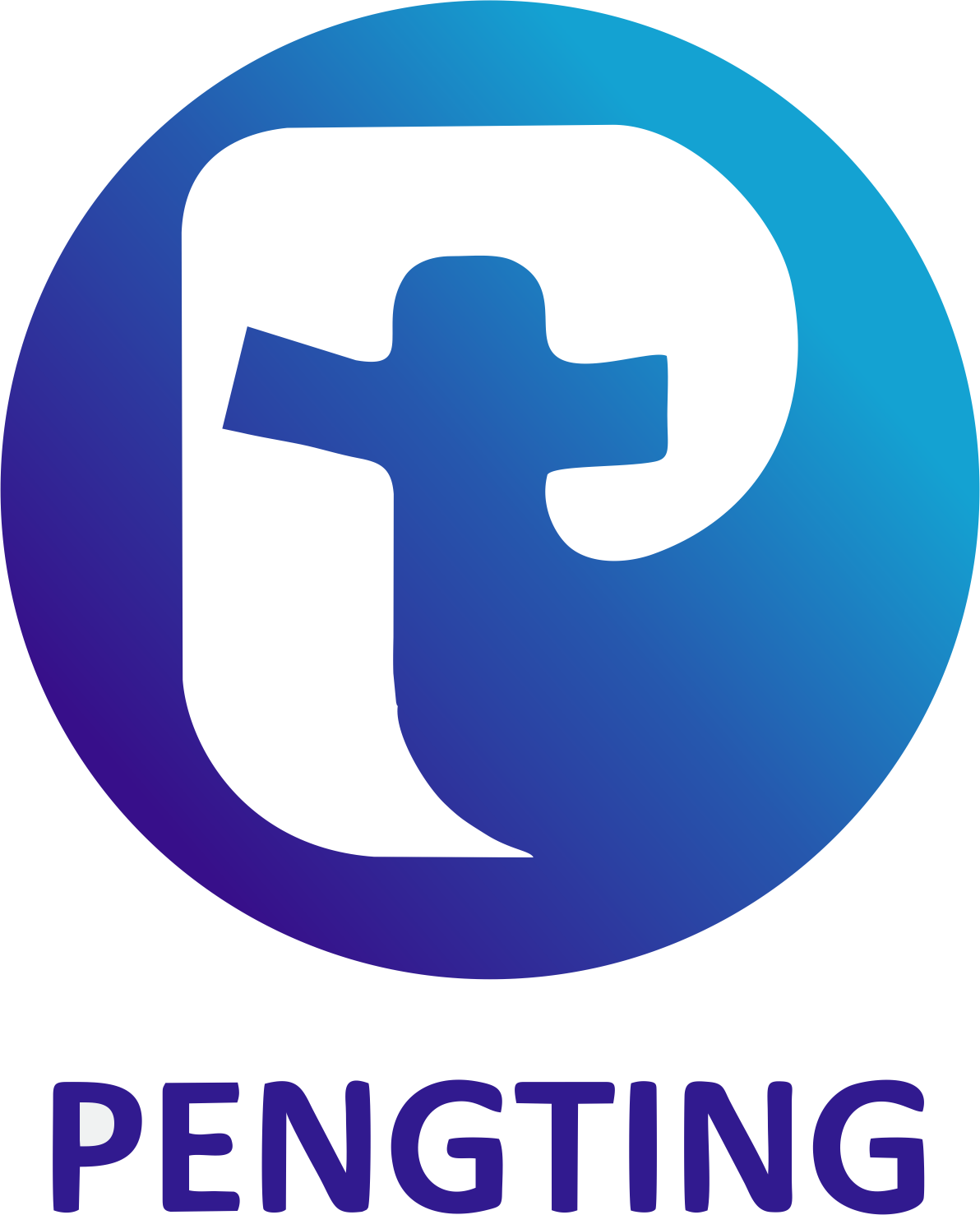
The $50 billion peptide therapeutics industry faces a critical vulnerability: 68% of quality incidents trace back to raw material suppliers, yet only 23% of peptide manufacturers maintain robust supplier quality management systems. With regulatory agencies increasing scrutiny on supply chain controls and 42% of FDA warning letters citing inadequate supplier oversight, comprehensive audit programs have evolved from compliance checkboxes to strategic imperatives. This definitive guide reveals how leading pharmaceutical companies are implementing advanced supplier quality management systems that reduce quality incidents by 85%, accelerate approvals by 40%, and build supply chain resilience in an era of unprecedented regulatory expectations and market volatility.
The Critical Importance of Supplier Quality Management in Peptide Pharmaceuticals
Supplier quality management represents the foundation of peptide drug safety, efficacy, and regulatory compliance. Unlike small molecule APIs, peptide raw materials present unique challenges that demand specialized audit approaches and quality systems.
Why Supplier Audits Are Non-Negotiable in Peptide API Sourcing
Peptide therapeutics depend on exceptionally pure starting materials with stringent quality attributes:
- Amino Acid Purity Requirements: Fmoc-protected amino acids must maintain ≥99.5% purity to prevent deletion sequences.
- Solvent Quality Specifications: DMF, DCM, and other synthesis solvents require ≤10 ppm water content to prevent racemization.
- Resin Consistency Demands: Solid-phase synthesis resins need uniform loading capacity (±0.1 mmol/g) for reproducible yields.
- Traceability Imperatives: Full documentation from origin to finished API is mandatory for regulatory compliance.
The High Stakes of Raw Material Quality in Peptide Therapeutics
Quality failures in raw materials cascade through the entire manufacturing process:
- Clinical Impact: 62% of peptide drug recalls link to raw material quality issues.
- Financial Consequences: Average cost of quality incident: $2.5-4.5 million in lost revenue and remediation.
- Regulatory Risks: 78% of regulatory delays attribute to inadequate raw material controls.
- Patient Safety: Impurities as low as 0.1% can trigger immunogenic responses in sensitive populations.
“Supplier quality isn’t a cost center—it’s the most effective insurance policy against regulatory actions and product recalls. Every dollar invested in robust audit programs returns $8-12 in risk mitigation and operational efficiency.” — Dr. Samantha Lee, VP Quality Systems, Global Peptide Manufacturer.
Comprehensive Audit Planning Framework for Peptide Raw Material Suppliers
Effective audit planning transforms supplier quality management from reactive inspection to proactive partnership.
Pre-Audit Preparation: Risk Assessment and Scope Definition
Strategic planning begins with thorough risk assessment and clear scope definition:
- Risk-Based Supplier Tiering: Classify suppliers based on impact on product quality and regulatory status.
- Quality Agreement Review: Ensure contractual quality requirements align with current regulations.
- Historical Performance Analysis: Review previous audit findings, quality metrics, and compliance history.
- Regulatory Intelligence Integration: Incorporate latest FDA, EMA, and ICH requirements into audit scope.
Audit Team Assembly and Competency Requirements
Audit team composition directly impacts audit effectiveness:
- Multidisciplinary Expertise: Include quality systems, peptide chemistry, regulatory affairs, and analytical testing specialists.
- Auditor Qualification Standards: Require minimum 5 years peptide industry experience and certified auditor status.
- Cultural and Language Considerations: Ensure auditors understand local business practices and language nuances.
- Conflict of Interest Management: Implement rigorous independence protocols to maintain objectivity.
Developing Audit Checklists and Evaluation Criteria
Structured audit tools ensure comprehensive coverage and consistent evaluation:
| Audit Area | Key Evaluation Criteria | Risk Weighting |
|---|---|---|
| Quality Systems | Documentation control, change management, deviation handling | 30% |
| Manufacturing Controls | Process validation, equipment qualification, cleaning verification | 25% |
| Laboratory Operations | Method validation, equipment calibration, data integrity | 20% |
| Facility and Equipment | GMP compliance, maintenance programs, environmental controls | 15% |
| Materials Management | Supplier qualification, storage conditions, distribution controls | 10% |
Execution of Effective Supplier Audits: Best Practices and Protocols
Audit execution requires meticulous attention to detail, professional conduct, and thorough documentation.
On-Site Audit Procedures: From Opening Meeting to Closing Review
Structured audit protocols ensure comprehensive assessment and constructive engagement:
- Opening Meeting Protocol: Establish audit scope, schedule, and communication protocols.
- Document Review Methodology: Systematic examination of SOPs, batch records, and quality metrics.
- Facility Walkthrough Strategy: Observe operations from raw material receipt to finished product shipment.
- Staff Interview Techniques: Conduct structured interviews to assess knowledge and compliance.
- Closing Meeting Best Practices: Present findings clearly, allow for clarification, and discuss next steps.
Document Review and Data Verification Techniques
Comprehensive document assessment forms the foundation of audit conclusions:
- Batch Record Analysis: Verify completeness, accuracy, and compliance with established procedures.
- Stability Data Assessment: Review study design, data integrity, and trend analysis.
- Validation Documentation: Evaluate process, cleaning, and method validation protocols and reports.
- Quality Metrics Review: Analyze trend data for complaints, deviations, and corrective actions.
Facility Inspection and Process Validation Methods
Physical inspection provides critical insights into operational quality:
- Manufacturing Area Assessment: Evaluate cleanliness, organization, and cross-contamination controls.
- Equipment Condition Review: Inspect maintenance records, calibration status, and operating parameters.
- Utilities System Evaluation: Assess water systems, HVAC, and compressed air quality.
- Warehouse and Storage Inspection: Verify temperature control, segregation, and inventory management.
Key Performance Indicators and Audit Metrics for Continuous Improvement
Quantifiable metrics transform audit programs from compliance exercises to strategic improvement tools.
Quantifying Audit Outcomes: Scoring Systems and Compliance Rates
Standardized scoring enables objective comparison and trend analysis:
- Overall Compliance Score: Percentage of requirements fully met (target: ≥95%).
- Critical Finding Rate.
- Response Time Metric: Average days for corrective action plan submission (target: ≤15 days).
- Effectiveness Indicator: Percentage of findings successfully remediated (target: ≥98%).
Corrective and Preventive Action (CAPA) Implementation
Effective CAPA systems ensure sustainable quality improvement:
| CAPA Element | Implementation Requirements | Success Metrics |
|---|---|---|
| Root Cause Analysis | Systematic investigation using 5 Whys or fishbone diagrams | 100% of significant findings |
| Action Plan Development | Specific, measurable, achievable, relevant, time-bound actions | 95% plan acceptance rate |
| Effectiveness Verification | Post-implementation assessment of problem resolution | 90% effectiveness rate |
| Knowledge Management | Document lessons learned and share across organization | 100% of completed CAPAs |
Regulatory Compliance and International Standards Alignment
Global peptide markets demand compliance with multiple regulatory frameworks and quality standards.
Meeting FDA, EMA, and ICH Requirements for Supplier Quality
Regulatory expectations continue to evolve with increasing stringency:
- FDA Requirements: 21 CFR Part 211 cGMP standards with emphasis on data integrity and risk management.
- EMA Expectations: EudraLex Volume 4 guidelines with specific annexes for active substances.
- ICH Guidelines: Q7 for API manufacturing, Q9 for quality risk management, Q10 for quality systems.
- Emerging Markets: China NMPA, India CDSCO, and Brazil ANVISA requirements gaining importance.
Harmonizing Audit Protocols with cGMP and ISO Standards
Integrated approaches streamline compliance across multiple frameworks:
- ISO 9001 Integration: Quality management system requirements for consistent processes.
- ISO 13485 Considerations.
- Environmental Standards: ISO 14001 for sustainable manufacturing practices.
- Data Integrity Frameworks: ALCOA+ principles for complete, consistent, and accurate data.
Case Studies: Successful Supplier Quality Management Implementations
Real-world examples demonstrate the tangible benefits of robust supplier quality management systems.
Case Study 1: Global Peptide Manufacturer
A leading peptide API manufacturer implemented a comprehensive supplier quality program with remarkable results:
- Challenge: 35% audit failure rate among key raw material suppliers.
- Solution: Implemented risk-based audit program with supplier development component.
- Results: Audit failure rate reduced to 4%, on-time delivery improved to 98%, quality incidents decreased by 82%.
Case Study 2: Specialty Peptide Formulator
A specialty peptide company transformed its supplier quality approach:
- Challenge: Regulatory submission delayed due to inadequate supplier documentation.
- Solution: Developed integrated quality agreement template and audit protocol.
- Results: Reduced submission preparation time by 45%, achieved first-pass approval in all major markets.
FAQs on Peptide Supplier Quality Management
Q: How often should peptide raw material suppliers be audited?
A: Audit frequency should be risk-based, with high-risk suppliers audited annually, medium-risk every 2-3 years, and low-risk suppliers every 3-5 years. Factors influencing risk classification include the material’s criticality, supplier’s compliance history, and changes in regulations or manufacturing processes. Emerging markets or new suppliers may require more frequent initial audits.
Q: What qualifications should supplier quality auditors possess?
A: Effective auditors should have minimum 5 years of pharmaceutical quality experience, specific knowledge of peptide chemistry and manufacturing, certified auditor status (such as ASQ CQA), and ongoing training in current regulations. Additional competencies include risk assessment skills, communication abilities, and cultural awareness for international audits.
Q: How can small companies with limited resources implement effective supplier quality programs?
A: Small companies can leverage several strategies: prioritize suppliers based on risk impact, utilize third-party audit services, participate in consortium audits, implement remote assessment tools, and focus on quality agreements with clear expectations. Many regulatory agencies accept well-documented risk-based approaches tailored to company size and product risk.
Core Takeaways for Effective Supplier Audit Programs
- Risk-Based Approach: Prioritize audit activities based on scientific risk assessment and impact on product quality.
- Partnership Mindset: View suppliers as quality partners rather than compliance targets.
- Continuous Improvement: Use audit findings to drive systematic quality enhancement.
- Regulatory Intelligence: Stay current with evolving global requirements and expectations.
- Data-Driven Decisions: Base supplier qualification and monitoring on objective quality metrics.
Conclusion: Building Supply Chain Excellence Through Strategic Quality Management
Supplier quality management has evolved from a regulatory requirement to a strategic competitive advantage in the peptide pharmaceuticals industry. Companies that implement robust, risk-based audit programs not only ensure compliance but also build more resilient, efficient, and reliable supply chains. The integration of advanced quality metrics, continuous improvement methodologies, and strategic supplier partnerships creates a foundation for sustainable growth in an increasingly complex global market.
As regulatory expectations continue to rise and supply chains become more globalized, the companies that excel in supplier quality management will be best positioned to deliver safe, effective peptide therapies to patients worldwide. The investment in comprehensive audit programs yields substantial returns in risk mitigation, operational efficiency, and regulatory success, ultimately contributing to the overarching goal of improving patient outcomes through quality assurance.
Disclaimer:
This article contains information, data, and references that have been sourced from various publicly available resources on the internet. The purpose of this article is to provide educational and informational content. All trademarks, registered trademarks, product names, company names, or logos mentioned within this article are the property of their respective owners. The use of these names and logos is for identification purposes only and does not imply any endorsement or affiliation with the original holders of such marks. The author and publisher have made every effort to ensure the accuracy and reliability of the information provided. However, no warranty or guarantee is given that the information is correct, complete, or up-to-date. The views expressed in this article are those of the author and do not necessarily reflect the views of any third-party sources cited.





